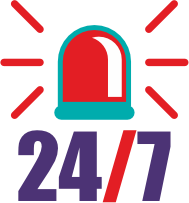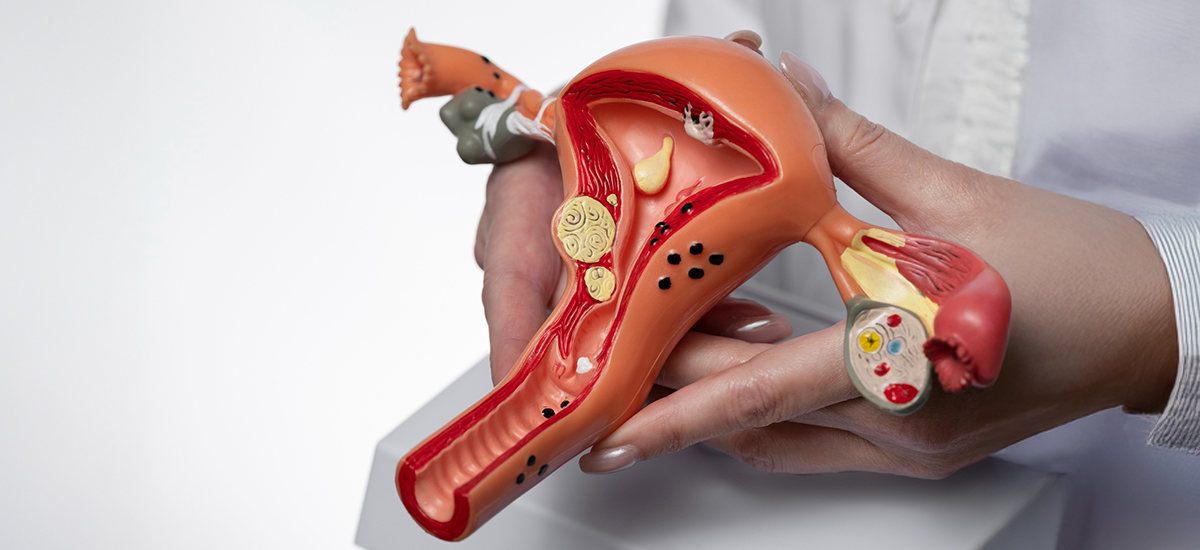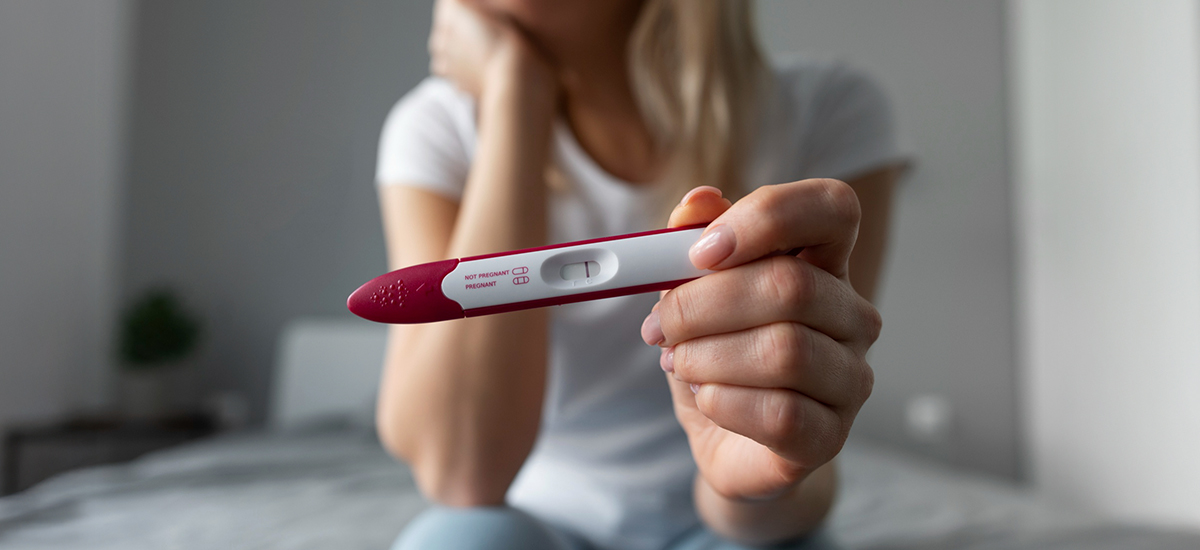Categories
How to reduce high blood pressure in pregnancy?
Sep 12, 2025
It isn’t. Pregnancy adds the placenta to your circulation, so each reading is also a message about blood flow to the baby. This guide shows why that changes the rules, what numbers matter, and how daily steps, medicines, and yoga for pregnancy fit together.
High blood pressure in pregnancy isn’t managed like regular hypertension because the placenta depends on steady, low-resistance flow. Readings of 140/90 or more (and 160/110 severe) need a pregnancy-specific plan: correct measurement, calm daily habits, and medicines your obstetrician chooses for safety. Warning signs (headache, vision changes, swelling) matter more than outside pregnancy. Gentle, breath-led yoga for pregnancy lowers stress but never replaces monitoring or tablets. Delivery timing is part of treatment, not a failure.
What’s next: Below are the “why” differences, the numbers, the home routine, how yoga helps safely, and the point where you call or go in.
Why pregnancy blood pressure plays by new rules
Outside
pregnancy, a high reading mainly stresses your heart and blood vessels over
years.
In pregnancy, there’s a new organ—the placenta—that
has no backup supply. BP that’s too high can narrow placental blood flow; BP
that’s too low (from dehydration or overmedication) can do the same. That’s why
targets, medicines, and alarms change now, and why decisions sometimes include when
to deliver as part of treatment.
The numbers and symptoms that guide decisions
Clarity beats worry. Learn these once; reuse them the whole pregnancy.
· High BP (hypertension): ≥140/90 mmHg on two readings, hours apart.
· Severe-range: ≥160/110 (confirm and escalate the same day).
· Different from non-pregnant life: symptoms matter more—headache, visual changes, right-upper abdominal pain, sudden face/hand swelling, shortness of breath, or clearly less baby movement deserve a same-day call, even if numbers seem “not that bad.”
Measure it right at home (so you and your doctor see reality)
BP varies with position, cuff, and timing. Get consistent so you don’t chase noise.
· Use an upper-arm device with a cuff that fits your arm.
· Sit 5 minutes, back supported, feet flat, cuff at heart level; no talking.
· Take two readings, one minute apart; log the lower value with date/time and how you felt.
· Share your log at visits. Good data prevents overtreatment and catches real trends early.
What actually lowers strain day to day (and why it works)
Your goal is smoother days, not heroic effort. Small repeats beat big promises.
· Move most days: two or three 10–15 minute easy walks. Gentle muscle work mellows the stress response and improves sleep—both reduce BP swings.
· Fluids and salt sense: steady water intake; cook with less salt and swap packaged snacks for fruit, nuts, yogurt, roasted chana. Less sodium means less fluid retention and lower vascular tone.
· Balanced plates: veg + protein + whole grain keep glucose and stress hormones even; big spikes push BP up.
· Left-side rests: short side-lying breaks improve uterine blood flow when you feel drained.
· Sleep rhythm: 7–9 hours; consistent bed/wake times. Poor sleep drives up BP hormones the next day.
Yoga for pregnancy that actually helps (and what to avoid)
Think “nervous-system downshift,” not stretching goals.
· Breathing first (3–5 minutes): inhale for 4, exhale for 6, relaxed pace, no breath holds. Longer exhales nudge the body into calm mode and lower sympathetic drive.
· Prenatal-safe poses (30–45 seconds, pain-free):
o Cat–cow (hands and knees) to ease back and rib tension.
o Supported child’s pose with pillows for rest.
o Side-lying stretch with a cushion between knees for late pregnancy comfort.
o Seated, wide-leg forward fold with support—gentle, no belly compression.
· Skip: hot yoga, intense flows, long breath holds, deep backbends, closed twists, any pose that brings dizziness or strain.
Yoga reduces stress peaks; it supports your plan but doesn’t replace monitoring or medicines.
Medicines, monitoring, and the delivery decision—why they’re different now
Tablets in pregnancy are chosen because they control BP and are safe for the baby. They protect the placenta while you keep daily habits steady.
Extra labs and ultrasounds track your organs and the baby’s growth/blood flow. If severe numbers or lab changes appear, timing delivery may become the safest treatment. That logic doesn’t exist outside pregnancy—here it does, because ending pregnancy removes the placenta from the equation and protects both of you.
When to call the same day (or go in now)
Don’t wait on these: severe/persistent headache, vision changes, sudden swelling of face/hands, pain under right ribs, shortness of breath, chest pain, bleeding or fluid leak, or much fewer baby movements.
If a home reading shows ≥160/110, sit quietly, recheck in 15 minutes, and follow your clinician’s emergency plan.











